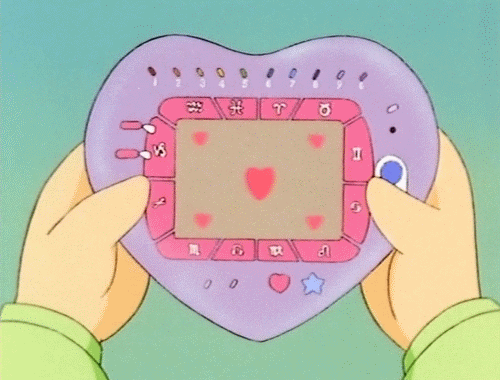from our newsletter, written by Linda Lin, RCC, CCC, RCAT
“When did life stop feeling like this”
In the face of rapid life changes, and in the age of escapism while witnessing brutality from dying systems, the specks of our past can feel like a cushion we lean onto, seemingly simpler, easier, and happier than today.
This tweet is what prompted me to write about nostalgia as coping:
Nostalgia feels like a temporal preservation within virtual spaces. Nostalgia acts as an island we retreat to, an anchor in the face of hopelessness and restlessness. It's as if it were a freeze response to our overwhelming reality—a coping mechanism, offering us a brief respite from the uncertainty of a better future.
In times of despair and hopelessness, I tend to rely on nostalgia as a coping** mechanism. In Mandarin, there’s this phrase, 舍不得 (shě bù dé), which roughly translates to 'reluctant to part with' — that's how nostalgia feels to me.
I find myself bonding with friends over our childhood memories, indulging in art forms like my favourite shows, listening to music by my teenage idol at the time, BoA, and scrolling endlessly on Pinterest to curate old internet energy and Y2K aesthetics into a mood board. In these digital spaces, the collective nostalgia of shared experiences emerges, eliciting a contagious, creative energy.
*Nostalgia: Nostalgia is not necessarily remembering the reality. It’s a deep longing for space and time that has passed, people we loved and/or loved us, a version of ourselves that is no longer accessible to us.
Sometimes, nostalgic feelings bring up feelings of hopelessness and deep sadness about current-day reality. Some people refer to this experience as nostalgic depression, where the sentimental longing for the past brings up grief and disturbance.
**Coping vs. vs. processing (watch this tiktok)
• Coping is like a bandaid, or first aid. It can be validating, brings awareness and tends to an emotional wound when it shows up. To cope is the attempt to stay functioning through emotional pain.
• Processing is accessing our nervous system (the language of our mind and body connection)’s wisdom. It recognizes overwhelming experiences will be stored in our body. It often times feels more intuitive, trusting, understanding with context of emotional wounds.
The charm and power of art making as processing nostalgia
As we make art (a collaboration between our intuitive nervous system, the environment we are in, and earthly materials), we are choosing to engage with the full moment and a fragment of our experience being preserved beyond thoughts and feelings.
Art making breeds nostalgia, eliciting a contagious, creative energy! Art making can help with release and express emotions, storing them in the image so we don’t have to carry it all.
Here’s an art as therapy prompt for you:
(the steps act as a gentle guide and are completely optional)
1. Choose a specific time period you want to revisit from your past. Choose art materials, a playlist, a space, a comfort item (eg. a stuffed toy), or a snack to pair with this time period.
2. First marks: Invite your younger self from that time period to make the first marks. Express through your inner child you want to connect with. Draw/paint/play as if your younger self is making the marks. These may be symbols that you used to draw, or describing a feeling you remember fondly from that time.
Alternative option- embodied time: Connect with a space in time and make your first marks as if you were embodying that space in time.
3. What your younger self prefers: work with art mediums, textures, colours etc. you would have chosen when you were younger.
Alternative option: what symbols, textures, feelings, and beings inhabit this space/world?
4. An essence of support: Collaborate with your inner child by bringing in your current self. What are some symbols or imagery you engage with nowadays that you would like to add onto this artwork to bring in an essence of support and witnessing?
Alternative option: What does your space in time/world need as resource and support? Add images for this space to feel safe and comfy.
5. Gentle check-ins with yourself - with both your inner child (or the space in time), and your current self: stretch, notice your capacity to engage/disengage, go for a walk or recharge in another room whenever you need it.
You DO NOT have to finish/complete this artwork or prompt in one go. Heck, you don’t have to complete anything if it doesn’t sit right with you.
6. Honour your art piece and think of containment and storage. Does the image need borders? Maybe you can attach your artwork in a journal. Or put a frame around it, if the image wants to be seen by others and yourself often. Where does your art piece want to be?
7. Bring in community. Work with a peer you trust, someone you want to share this with or an art therapist to support your emotional health with this exercise.
Hopefully this art as therapy exercise prompts you to engage in nostalgia as a coping practice. To bring in a time in space or reconnect and honour your younger self’s art expressions with the creativity from your current self.
Give this art as therapy prompt a try or gift this blog post to a friend who may enjoy it! :)






